Author: Zeng Lu, Julia Sun
In 2022, the new crown epidemic will continue to ravage the world, the conflict between Russia and Ukraine will have a far-reaching impact, and extreme weather events will occur frequently. International Development Watch will review with you the far-reaching international development events of this year.
Total words3672About8minutes
2022 International Development Event
○ Escalating food crisis puts hundreds of millions on the verge of starvation
○ Russia-Ukraine conflict sparks international development chain reaction
○ Extreme weather frequent UN climate conference to set up loss and damage fund
○ Rising global inequality challenges sustainable development
○ Developing countries still don't have enough vaccines in third year of pandemic
○ Systemic solutions urgently needed as debt crisis intensifies
○ Global Development Initiative opens new chapter in development cooperation
1. The escalating food crisis puts hundreds of millions on the verge of starvation

In 2022, the world faces food insecurity and the number of people in need of emergency food assistance and livelihood support continues to grow at an alarming rate. Severe hunger around the world is soaring to unprecedented levels and the situation is getting worse. In 2021, about 193 million people in 53 countries and regions around the world will face sudden food insecurity "crisis" or worse. The Food and Agriculture Organization of the United Nations and the World Food Program predict that this number may climb to 222 million by early 2023.
The food crisis is exacerbated by extreme weather triggered by the new crown epidemic, the war between Russia and Ukraine and climate change. The COVID-19 pandemic has disrupted global food supply chains, with logistical constraints posing serious challenges to farmers and driving up food prices. The Russia-Ukraine war greatly exacerbated the food crisis. Russia and Ukraine are the world's major food producers and exporters. The two countries export about 25% of the global supply of wheat. During the conflict between Russia and Ukraine, many Ukrainian farmers joined the army or fled their homes, resulting in a sharp drop in food production. Sanctions on Russia have also affected Russian grain exports. In addition, this year's extreme weather, including heatwaves, droughts and floods, has affected millions of people and caused billions of dollars in losses, bringing great uncertainty to food production and supply.
People in dozens of countries are being pushed to the brink of starvation. More than ever, the international community needs to act at scale to support sustainable food systems and production where they are needed most, to protect lives and livelihoods. The international community must mobilize the necessary investment and political will to address the escalating food crisis from a humanitarian, development and peace perspective.
2. The Russia-Ukraine conflict triggers a chain reaction in international development
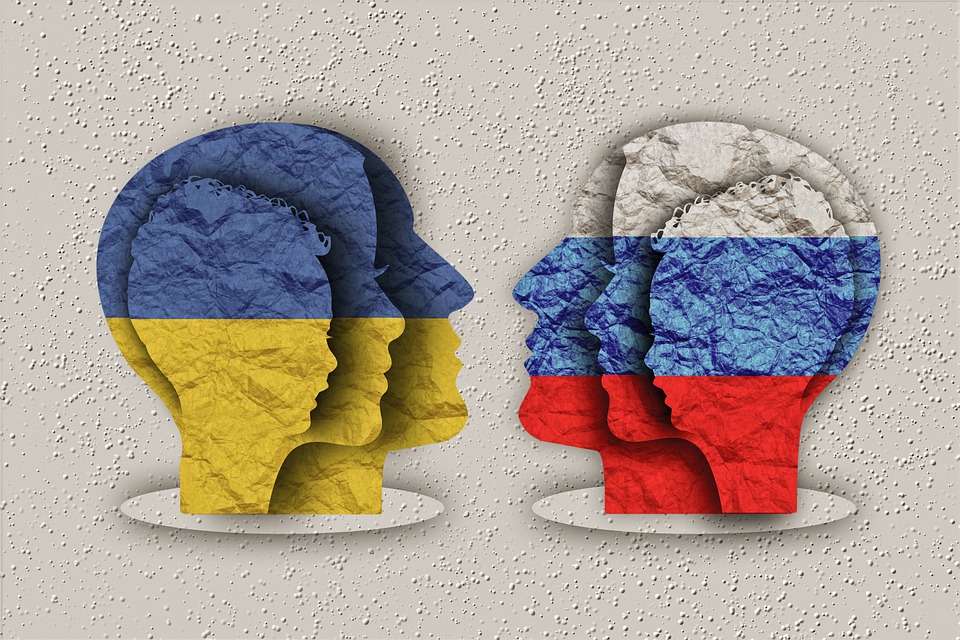
The Russia-Ukraine conflict that broke out in February triggered a humanitarian catastrophe and the largest refugee flow in Europe since World War II. As of December 4, the conflict has caused 6,702 civilian deaths, 10,479 civilian injuries, and more than 7.8 million Ukrainians have become refugees. Refugee-hosting countries are also under enormous pressure to accept them.
Russia-Ukraine conflict exacerbates food crisis and near-term uncertainty about climate action. Both Ukraine and Russia are major grain producers and exporters in the world. Russia controls ports such as Mariupol, which has led to a sharp drop in Ukraine's grain exports. The conflict between Russia and Ukraine has pushed up energy and fertilizer prices, further pushing up food prices, which have soared due to the epidemic. About 30 developing countries import more than half of their wheat from conflict areas, putting their food security at risk. The conflict between Russia and Ukraine has led to a surge in energy prices, pushing up global inflation and hitting developing countries hard. Russia's imported natural gas accounts for about 40% of the EU's supply. In order to get rid of dependence on Russian energy, some European countries have turned to importing coal or natural gas, increasing the uncertainty of short-term climate action.
As the international community increases aid to Ukraine, the recovery of developing countries may be affected. Governments of various countries have stepped up humanitarian aid to Ukraine, including food and medical care. As of November 20, the United States has pledged nearly $50.9 billion in aid to Ukraine. The EU's military, financial and humanitarian aid to Ukraine recently surpassed that of the US and reached $55.1 billion. The United Nations, the International Monetary Fund, the World Bank, and the World Health Organization have provided emergency support to Ukraine. The UNHCR, WFP, and UNICEF provide global public goods such as emergency humanitarian assistance to Ukrainians who have fled their homes. The conflict between Russia and Ukraine has pushed up commodity prices, bond interest rates in developing countries have continued to rise, and debt burdens have increased. As donor countries and institutions aid Ukraine heavily, some developing countries may face more limited aid resources.
3. Frequent extreme weather, the United Nations climate conference set up a loss and damage fund
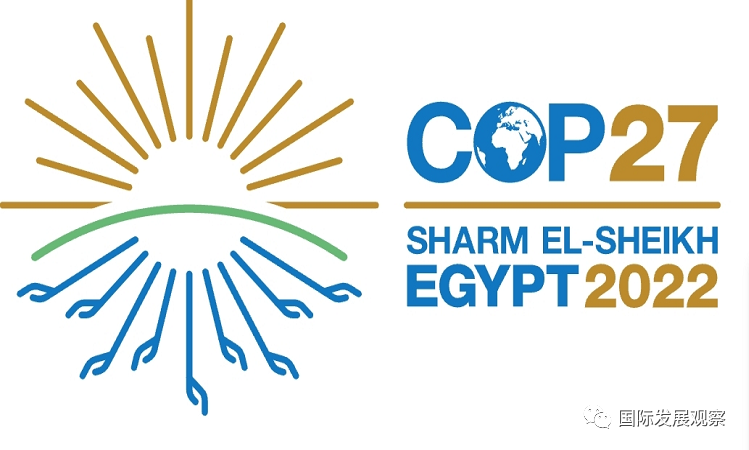
In 2022, climate change will lead to frequent occurrence of extreme weather events around the world. The water levels of the Yangtze and Rhine rivers both fell to record lows. Both Pakistan and Nigeria have experienced their worst floods in years, killing and displacing large numbers of civilians. Europe experienced its hottest summer on record.
In this context, the 27th United Nations Climate Change Conference was held in Sharm El Sheikh, Egypt on November 6. More than 30,000 government, civil society and business representatives from 196 countries attended the conference.
The conference agreed to create a new "loss and damage" financing facility to help particularly vulnerable developing countries bear the direct costs of events such as storms and floods triggered by climate change. The move marks a breakthrough in a decades-long effort by the international community to compensate countries most vulnerable to climate disasters and least responsible for climate change. During the conference, more than 50 countries joined the methane pledge launched during the Glasgow climate conference last year, committing to reduce the emission of methane, an important greenhouse gas, by 30% in the next ten years. The High-Level Panel of Experts on Net Zero Emissions Pledges by Non-State Entities released a report criticizing the greenwashing of some companies and entities on net zero commitments and proposing a roadmap to support a fair global transition to a sustainable future.
Some critics said: The final agreement of COP27 only recognized the 1.5°C scenario goal proposed by the Paris Agreement, but did not propose a path or plan for its realization. The assembly failed to include a phase-out of all fossil fuels and peaking of global emissions by 2025 in the final agreement due to opposition from oil exporters. In addition, some environmental groups believe that Coca-Cola's increasing use of plastic should not be a sponsor of the conference.
The 28th UN Climate Change Conference will be held in Dubai, UAE in November 2023.
4. Rising global inequality challenges SDGs
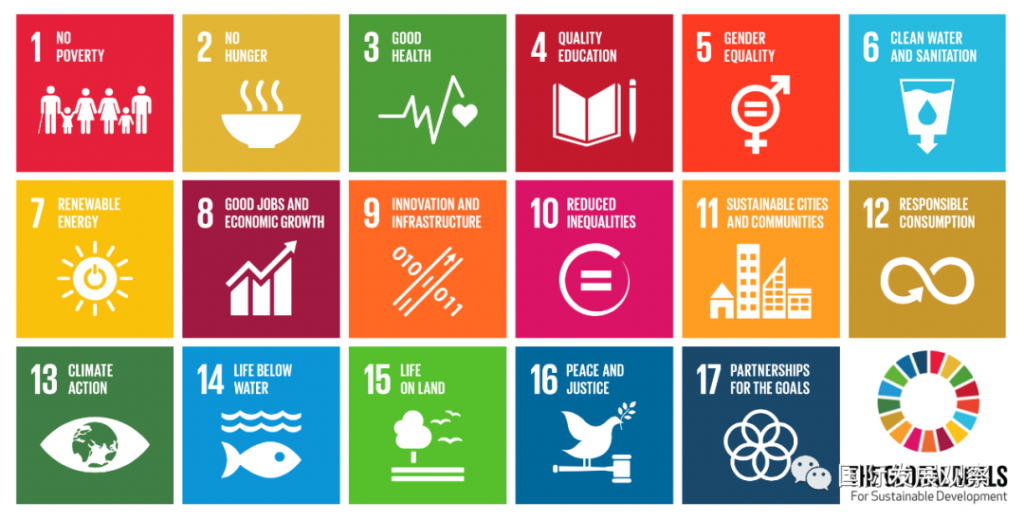
COVID-19 has exacerbated global poverty and inequality. The epidemic has killed nearly 6.53 million people worldwide and led to a long-term stagnation of the world economy. In 2022, the world stalls in reducing extreme poverty. The global extreme poverty rate rose from 8.4% in 2019 to 9.3% in 2020. By the end of 2022, as many as 685 million people are expected to live in extreme poverty. The pandemic exacerbates poverty and hunger, and places an additional burden on women and children. The epidemic hurts the poor the most.. The poorest 40% population suffered an average 4% loss of income, twice as much as the richest 20% population. The poorest also suffer disproportionately from adverse outcomes such as early death and significant learning losses in terms of health, education, etc. The decline in income in the poorest countries has far outstripped that in the richest countries. The wealthiest economies have recovered much faster from the pandemic than low- and middle-income economies. Due to unequal access to vaccines and treatments, the pandemic will continue to have serious impacts on sustainable development.
Factors such as the new crown epidemic, the conflict between Russia and Ukraine, and climate change continue to erode the fruitful development achievements achieved by the world in the past few decades, and the realization of the global sustainable development goals is facing severe challenges. The economic recovery after the epidemic is uneven, and climate change and the conflict between Russia and Ukraine are dragging down the economic recovery. The conflict between Russia and Ukraine has led to a humanitarian crisis, exacerbated the global food and energy crisis, and undermined a fragile economic recovery. Wars have driven up food and energy prices, further exacerbating the debt burdens of many developing countries. The impact of climate change is unabated, with frequent extreme weather events around the world, persistent droughts and rising sea levels causing long-term damage to humans. There is a 50% chance of global mean annual temperatures rising 1.5°C above pre-industrial levels over the next five years.
5. In the third year of the new crown epidemic, developing countries still do not have enough vaccines
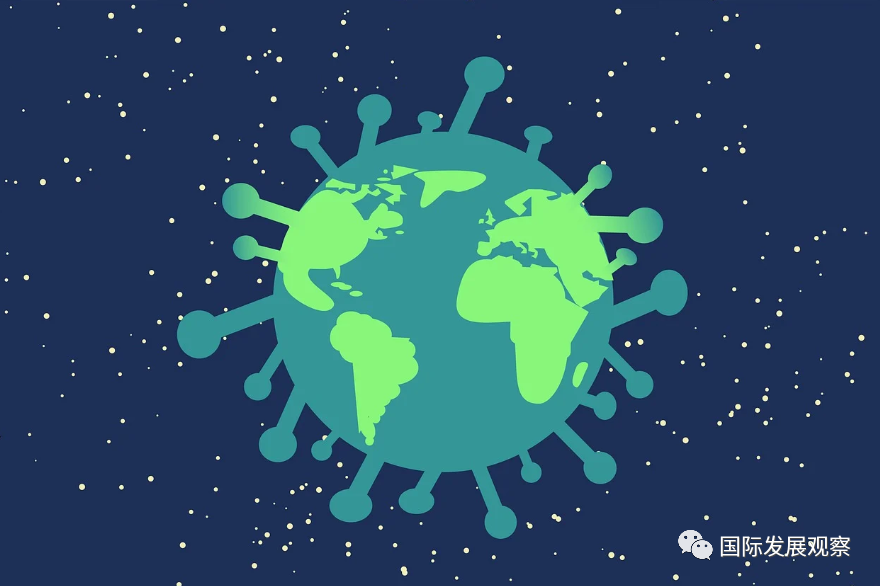
The COVID-19 pandemic has caused enormous global public health challenges around the world. As of December 14, the epidemic has infected 649 million people worldwide and killed 6.65 million people. The United States, Brazil, India, Russia, and Mexico have the highest death tolls in the world.
Vaccination can effectively reduce the rate of severe cases of new crowns. In the third year of the epidemic, developing countries still do not have access to enough vaccines. Launched in 2020, the COVID-19 Vaccine Implementation Initiative (COVAX) has provided more than 1.8 billion doses of vaccine to nearly 150 countries. In the early days of COVAX, high-income countries were unable to obtain enough vaccines due to a large amount of hoarding, and the fragile health facilities in African countries were overwhelmed. Therefore, although 67% of new crown vaccines in Africa came from COVAX, the overall vaccination rate was low. Globally, an average of 166.5 doses of vaccine have been received per 100 people. In Africa, only 62 doses of vaccine have been received per 100 people. In Africa, only 24.9% of the population has completed the basic needle vaccination, 4 African countries have completed the basic needle vaccination with a population of less than 10%, 11 African countries have completed the basic needle vaccination with a population of 40% to 69%, and another 3 African countries have completed the basic needle vaccination The population of 70% completed basic needle vaccination.
In December, the GAVI Alliance decided in principle to include the new crown vaccination into the GAVI Alliance's regular plan from 2024.
6. The deepening debt crisis calls for systemic solutions

In the decade before the COVID-19 pandemic, sovereign debt in low- and middle-income countries continued to rise. The COVID-19 pandemic has caused total debt in low- and middle-income countries to grow to more than 250% of government revenue, the highest level in 50 years. Nearly 60% of low-income countries are already in debt distress or at high risk. The World Bank's "International Debt Report 2022" shows that by the end of 2021, the total external debt of developing economies, including low- and middle-income countries, will reach US$9 trillion, more than double that of ten years ago, and the debt crisis will further intensify .
An estimated 54 countries, home to more than half of the world's poorest people, are in dire need of debt relief to avoid falling further into extreme poverty and to have a chance to tackle climate change. On May 19, Sri Lanka was unable to repay its foreign debts and defaulted on its sovereign debt. Currently, Sri Lanka's debt restructuring is approaching the final stage, and the International Monetary Fund is expected to approve a US$2.9 billion loan to Sri Lanka in December this year or January next year.
The international community has adopted a series of measures to reduce the debt pressure of developing countries. The International Monetary Fund issued an additional 650 billion Special Drawing Rights (SDR) and provided emergency financing for low-income countries. The G20 Debt Suspension Initiative and subsequent joint framework for debt management provide relief to vulnerable countries. However, the international community lacks a systemic solution to the looming debt problem. World Bank Group President David Malpass believes that a comprehensive approach to reducing debt, increasing transparency, and promoting faster restructuring will enable countries to refocus spending to support growth and reduce poverty.
7. Global development initiative opens a new chapter in development cooperation
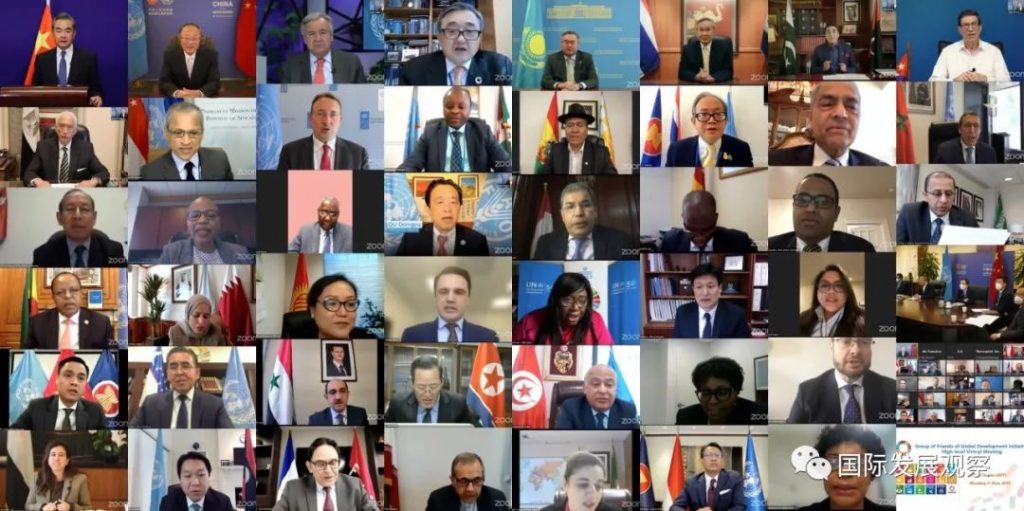
In September 2021, President Xi Jinping proposed a global development initiative for the first time at the UN General Assembly, calling on the international community to pay more attention to development issues, strengthen international development cooperation, and accelerate the implementation of the UN 2030 Agenda for Sustainable Development. The Global Development Initiative is committed to advancing eight key areas including poverty reduction, food security, anti-epidemic and vaccines, financing for development, climate change and green development, industrialization, digital economy, and connectivity.
In order to increase investment in the implementation of global development initiatives, the "South-South Cooperation Assistance Fund" was upgraded to the "Global Development and South-South Cooperation Fund", and an additional US$ 1 billion was added to support developing countries in implementing global development initiatives and sustainable development initiatives. Sustainable Development Agenda. The Global Development Promotion Center was established to coordinate resources, coordinate actions, gather wisdom, and promote ideas to promote the implementation of global development initiatives.
On June 24, the Global Development High-Level Dialogue announced a list of 32 outcomes of global development initiatives. On September 20, the ministerial meeting of the "Group of Friends of the Global Development Initiative" released the first list of projects in the Global Development Initiative Project Bank, including 50 practical cooperation projects and 1,000 capacity-building projects in the fields of poverty reduction, food security, and industrialization.
The global development initiative has a global perspective, highlights the global orientation and strategic perspective, embodies openness and inclusiveness, and promotes China's initiative to enter the existing multilateral mechanism; focuses on "development" and focuses on solving global development issues to help advance the global development agenda. The list of development cooperation results is both diverse and inclusive, reflecting China's transformation in development cooperation. The initiative focuses on key issues of global development cooperation and is expected to become an important platform for providing public goods and cooperation in existing global development cooperation priority areas.
References
http://world.people.com.cn/n1/2022/0302/c1002-32363769.html
http://www.gov.cn/xinwen/2021-11/08/content_5649817.htm
https://www.wfp.org/publications/global-report-food-crises-2022
https://www.worldbank.org/en/research/publication/waves-of-debt
https://news.un.org/en/story/2022/03/1113692
https://data.unhcr.org/en/situations/ukraine
https://www.unocha.org/ukraine/about-ocha-ukraine
https://www.cgdev.org/blog/will-ukraine-crisis-mean-eu-aid-pulled-rest-world
https://www.hrw.org/news/2022/04/28/ukraine/russia-war-continues-africa-food-crisis-looms
https://www.energylivenews.com/2022/03/07/how-will-the-war-in-ukraine-impact-the-energy-transition/
https://reliefweb.int/report/world/ukraine-war-and-un-reform
https://www.bruegel.org/2014/04/ukraine-crisis-shows-global-governance-is-in-a-mess/
https://www.capitalgroup.com/advisor/ca/en/insights/articles/energy-impact-war-ukraine.html
https://news.un.org/en/story/2022/11/1130832
https://earthobservatory.nasa.gov/images/150279/devastating-floods-in-pakistan
https://openknowledge.worldbank.org/bitstream/handle/10986/37739/9781464818936ov.pdf
https://apps.who.int/iris/bitstream/handle/10665/365353/CV-20221210-eng.pdf

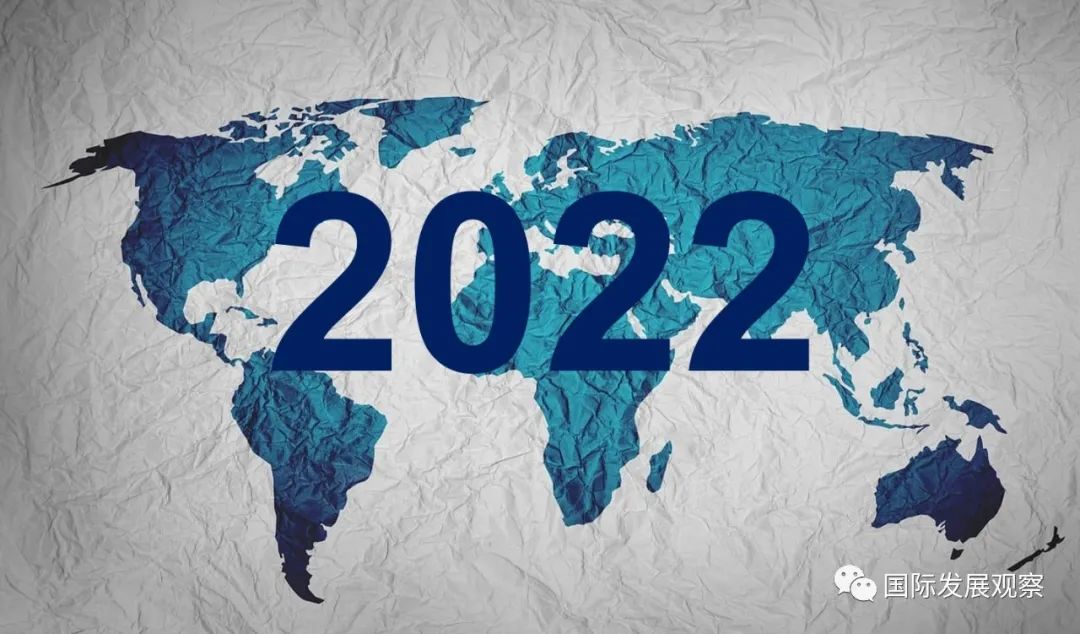
Comment (1)
99ok| February 9, 2025
Hello there, just became alert to your blog through Google, and found that it is
really informative. I'm going to watch out for brussels. I
will appreciate if you continue this in future.
A lot of people will be benefited from your writing.
Cheers!